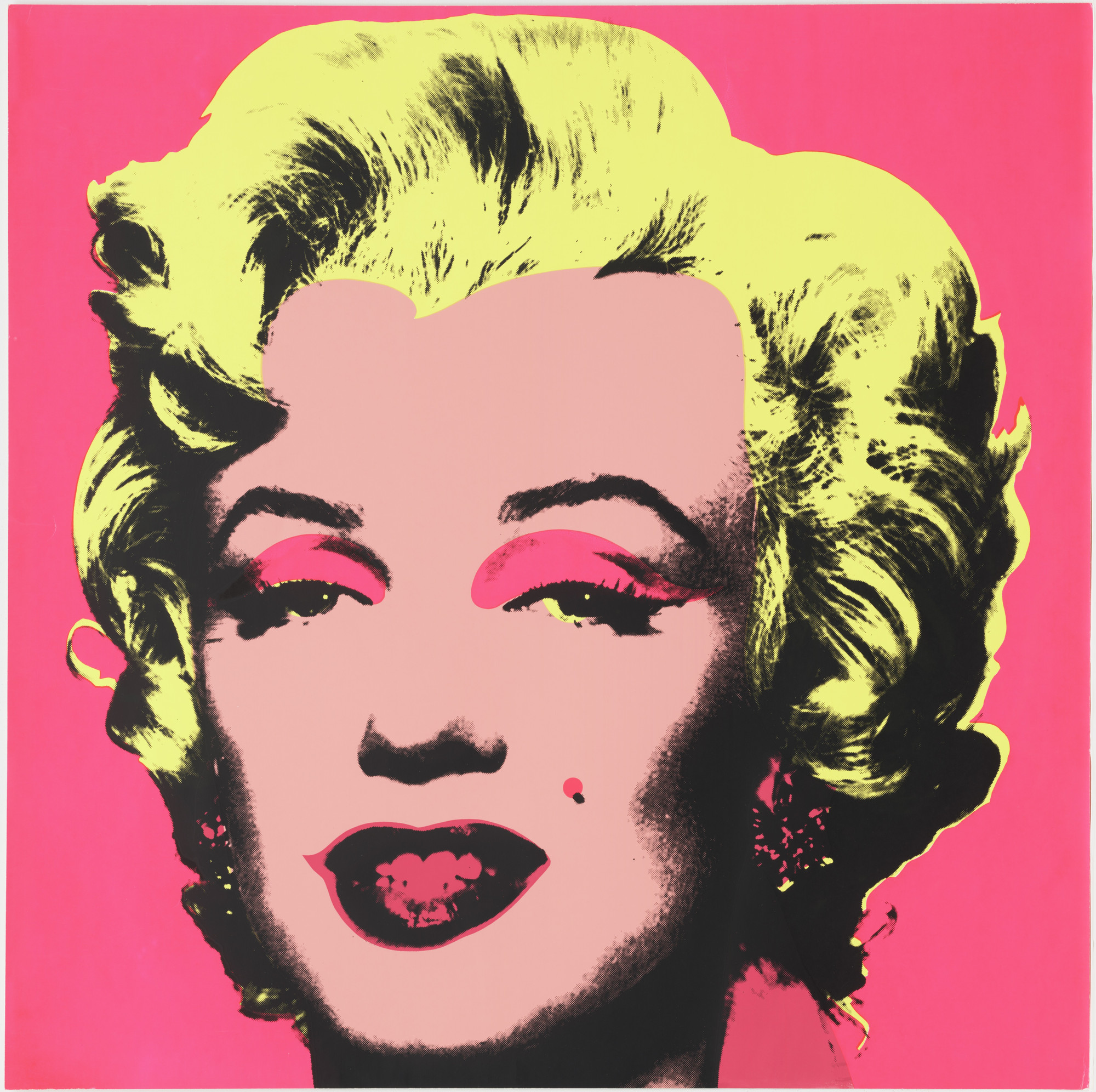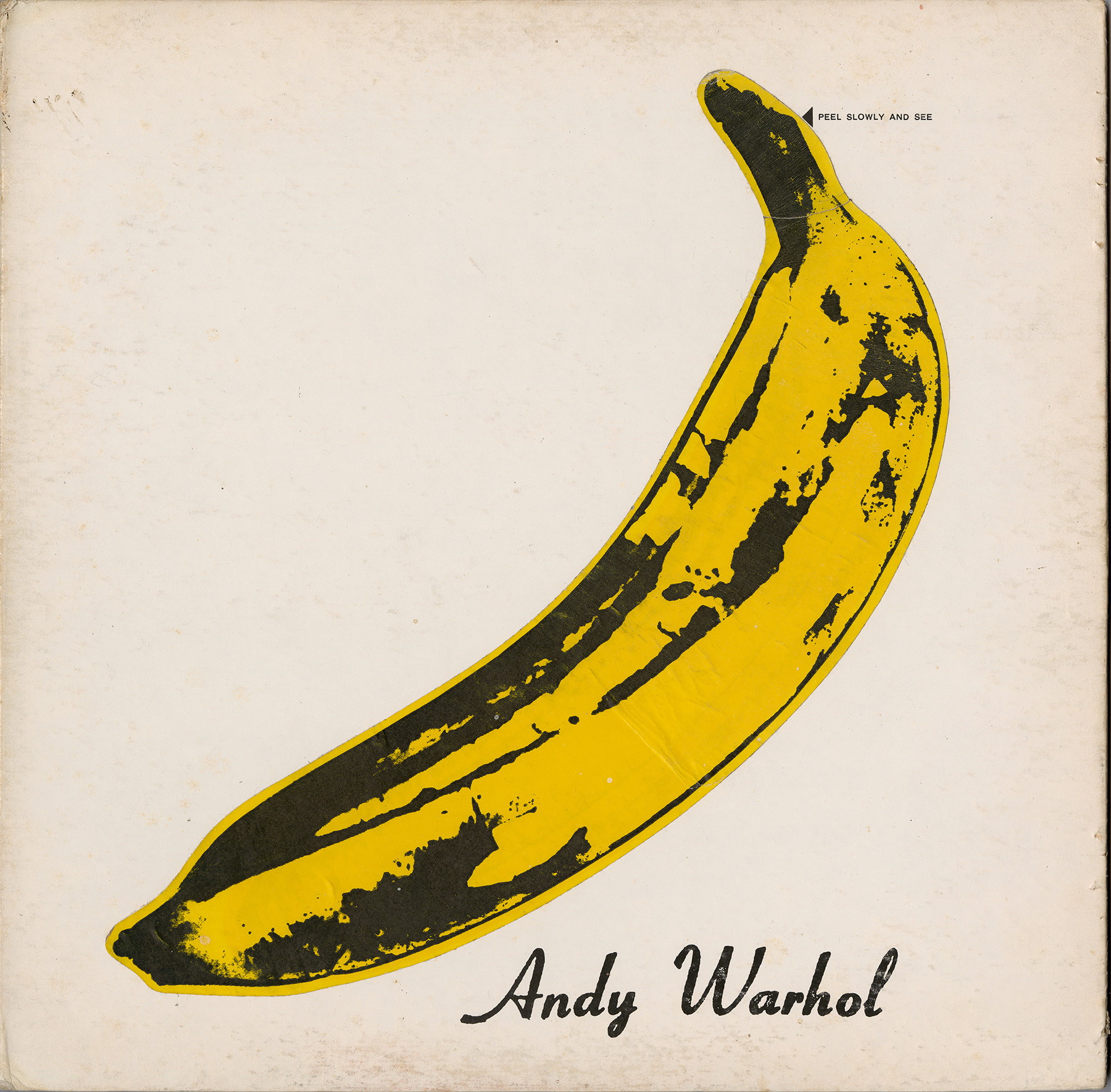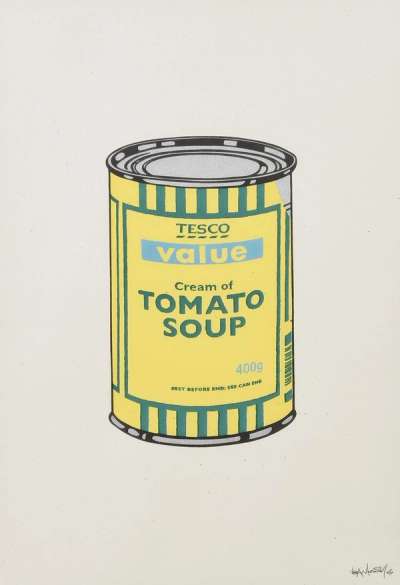Few figures have left as lasting an imprint on the art world—and pop culture at large—as Andy Warhol. With his platinum hair, enigmatic persona, and instantly recognizable artworks, Warhol wasn’t just an artist; he was a phenomenon. As the leading figure of the Pop Art movement, he blurred the boundaries between high and low culture, fine art and mass production, originality and replication. Decades after his death in 1987, Warhol's influence continues to shape how we understand art, celebrity, consumerism, and the role of the artist in contemporary society.
Warhol’s Breakthrough: Elevating the Everyday
Born in 1928 in Pittsburgh, Pennsylvania, Andy Warhol began his career as a commercial illustrator before transitioning to fine art. His early work with advertising deeply informed his later artistic output. In the 1960s, Warhol made his breakthrough with a series of works that transformed everyday objects into art—Campbell’s Soup Cans, Coca-Cola Bottles, and Brillo Boxes—all rendered with a mechanical, detached aesthetic that mimicked the visual language of mass production.
Warhol’s genius lay in his ability to make the mundane fascinating. In presenting consumer goods as art, he challenged the elitism of traditional art forms and asked viewers to reconsider the beauty and meaning of the everyday. By blurring the line between commercial design and fine art, he opened the door for future generations of artists to experiment with new materials, techniques, and ideas.
The Cult of Celebrity
Warhol’s fascination with fame and celebrity became one of his most enduring themes. His portraits of Marilyn Monroe, Elvis Presley, and Elizabeth Taylor remain among the most iconic images in contemporary art. He took publicity photos and transformed them into vivid, silkscreened portraits, flattening the features of these stars and repeating their images to create a kind of visual mantra.
These portraits were not just tributes—they were commentaries. Warhol understood the ephemeral nature of celebrity and the commodification of human identity. His Marilyn Monroe series, for example, was created shortly after the actress’s death, highlighting the intersection of beauty, fame, tragedy, and media obsession. In Warhol’s world, celebrities were not individuals so much as symbols—products of the cultural machine.

Factory-Made Art
One of Warhol’s most radical contributions to art was his reimagining of the artist's role. Rather than positioning himself as a solitary genius laboring over unique masterpieces, Warhol openly embraced industrial methods. He founded The Factory, his Manhattan studio where assistants helped produce silkscreens, films, and prints en masse. This approach drew criticism from traditionalists but cemented Warhol's place as a provocateur and pioneer.
By replicating images, outsourcing labor, and treating art as a product, Warhol mirrored the capitalist systems he was both critiquing and participating in. His method questioned the very idea of originality and authorship, ideas that are still central to contemporary art discourse today. In the digital age of infinite reproduction and shared content, Warhol’s approach seems more relevant than ever.
More Than Just Pop Art
While Warhol is most often associated with Pop Art, his creative output extended far beyond that label. He was a prolific filmmaker, producing experimental films like Sleep and Empire that tested the limits of time, patience, and narrative. He explored music, managing The Velvet Underground and collaborating with artists like Lou Reed and David Bowie. He also delved into performance art, publishing, photography, and even television, always seeking new ways to connect with audiences.
His Time Capsules project—a collection of over 600 boxes filled with everyday objects, letters, and ephemera—offers a deeply personal archive of his life and times. It reveals Warhol not just as a creator of art, but as a meticulous documenter of culture. These lesser-known works show that behind the cool façade was an intensely curious and observant mind.

Warhol’s Enduring Influence
Warhol's legacy is immeasurable. His influence can be seen in the works of artists like Jeff Koons, Takashi Murakami, Damien Hirst, and Banksy—all of whom grapple with issues of consumerism, celebrity, and the commercialization of art. The rise of social media and influencer culture also owes a debt to Warhol, who famously predicted, “In the future, everyone will be world-famous for 15 minutes.” In an era where virality is currency, his words feel eerily prophetic.
Beyond art, Warhol’s impact extends into fashion, advertising, and design. His bold color palettes, graphic compositions, and flair for branding have inspired countless campaigns, from luxury labels to streetwear. Museums and galleries continue to celebrate his work, while auction houses routinely fetch millions for his prints and originals. Warhol has become not only a subject of academic study but also a pop icon in his own right—a brand, a myth, a mirror.
Andy Warhol didn’t just reflect culture—he shaped it. Through his art, he held up a mirror to American society, forcing us to confront our obsessions with fame, consumption, beauty, and identity. His genius lay in his ability to see what others overlooked and to elevate it with irony, wit, and unflinching clarity.

Warhol redefined what art could be, who it could be for, and how it could be made. He erased the line between artist and brand, between creator and consumer. In doing so, he didn’t just change the art world—he anticipated the world we live in today. For that, his influence will never fade. As long as we’re captivated by image, repetition, and fame, Warhol’s spirit will remain at the heart of contemporary culture.
Explore Andy Warhol original art for sale or contact info@guyhepner.com to sell Andy Warhol prints.
